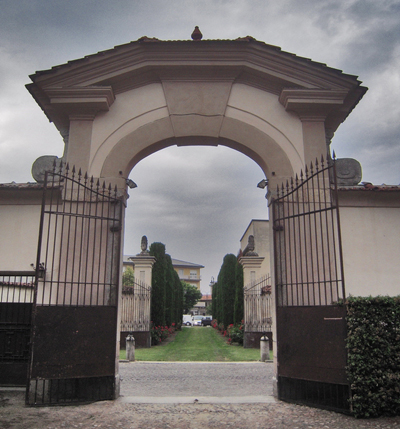
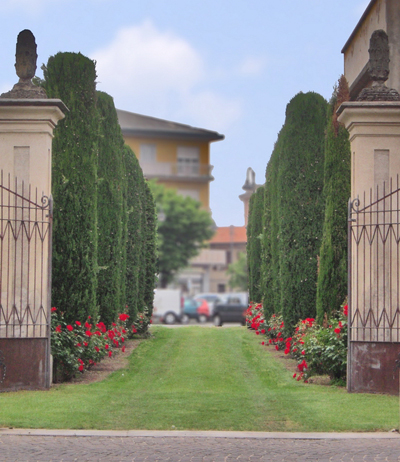
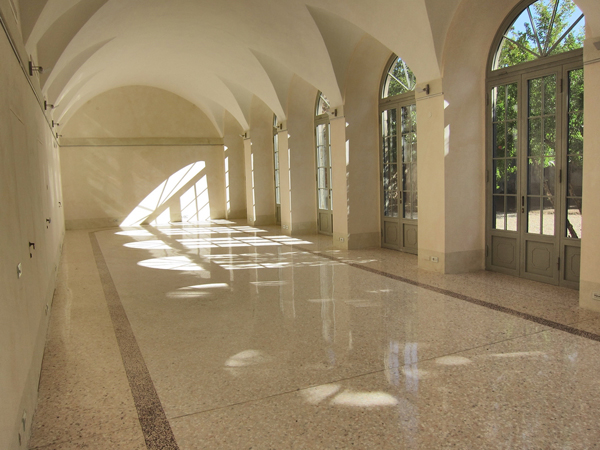
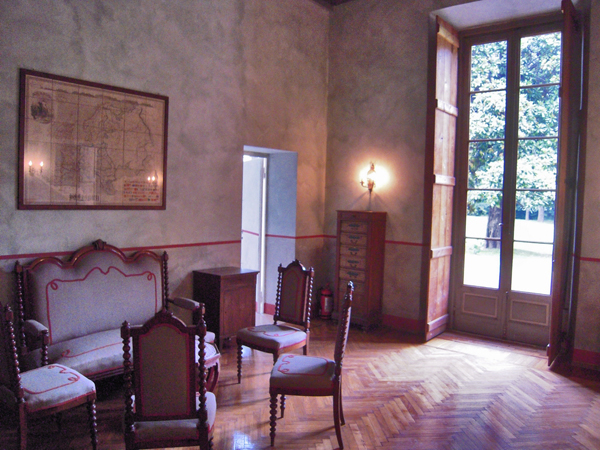

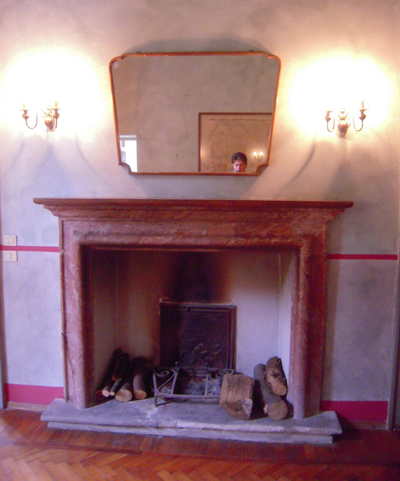
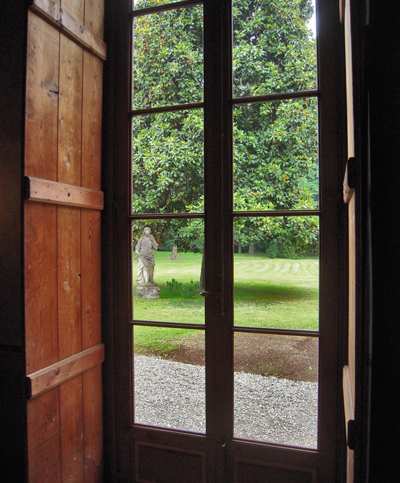
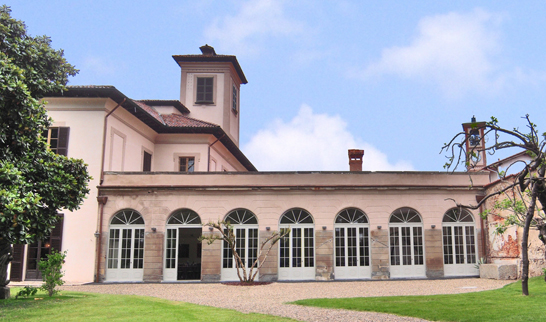
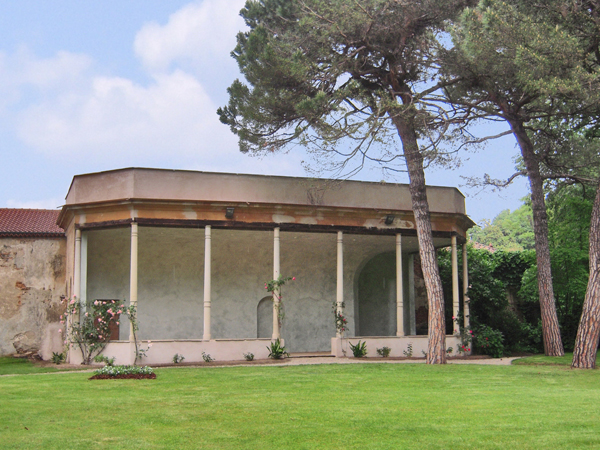
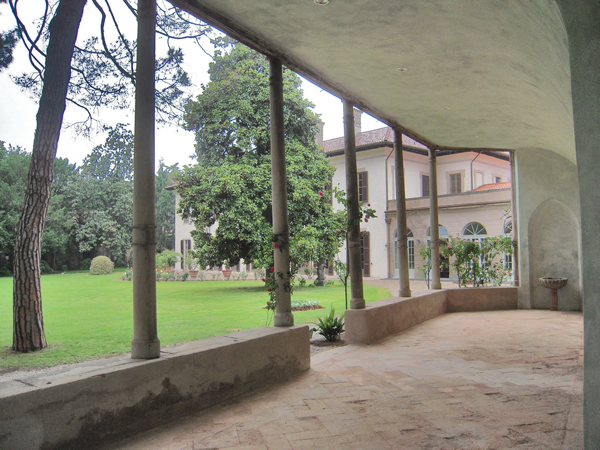

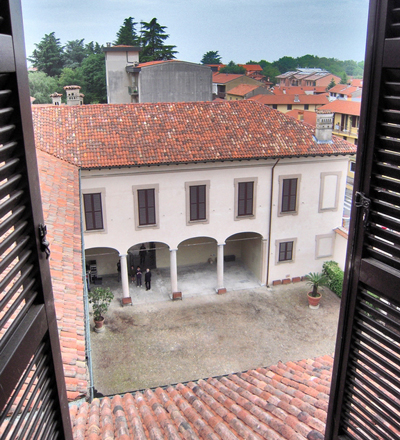

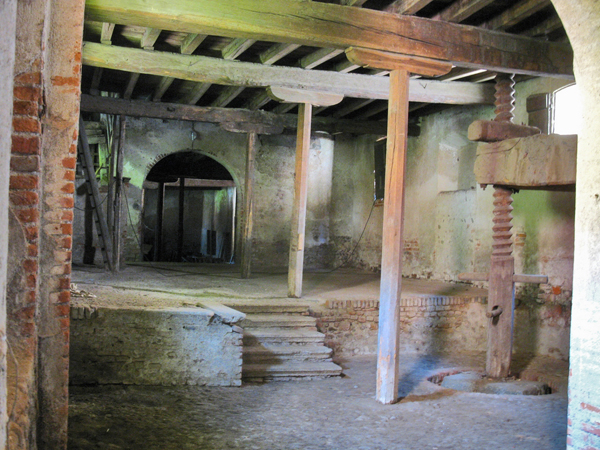
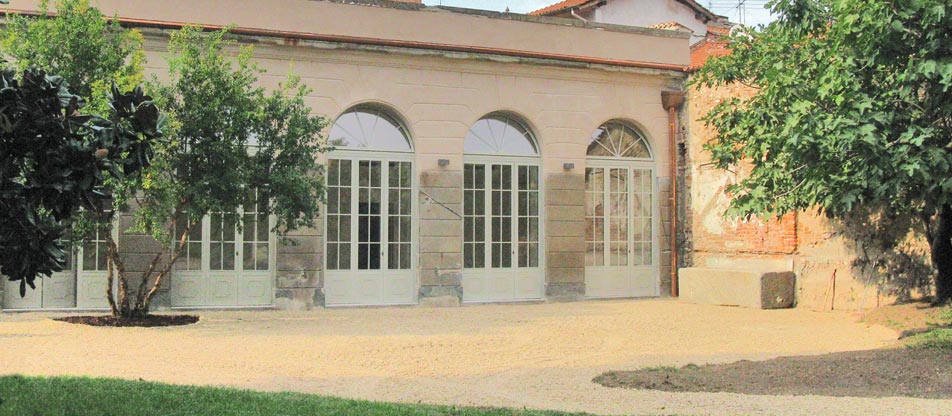
fototest
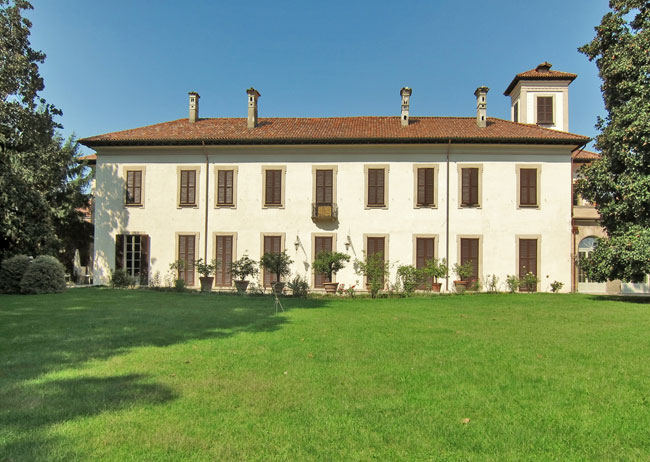
villa foto
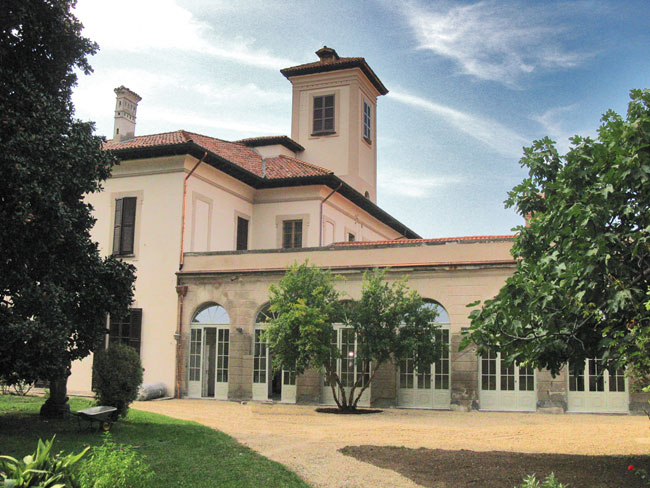
foto b
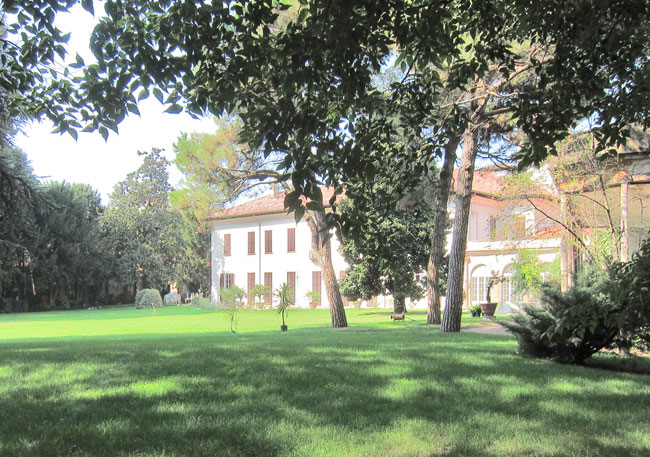
palace entry***
The Palazzo
By the end of the 16th century, Busto Garolfo was already a residential area for the well-cultured merchant nobility to whom we owe the construction of the aristocratic villas that still distinguish the town centre.
In 1631, Pietro Antonio Rescalli purchased a noble dwelling in Busto Garolfo that was partially demolished a century later in the mid-1700s for the construction of the palazzo we see today with its horseshoe layout facing the village square gracefully accessed by an avenue running through the monumental park from the prestigious gatehouse at its start. The gate to the noble court has become the emblem of Spazio Seicento, a symbol that offer an inviting welcome to every visitor.
Courtyards for the Coach house, Winepress, and Old Press Farmhouse are all annexed to the villa. The farm activities required by the owners’ fields stables, and barns were all performed here, where the granary, storerooms, servants and farmers quarters, and the Chapel dedicated to the Blessed Virgin are also located.
Worthy of mention are the giant press built in 1792 with its 14 m pressure beam cut from a huge oak tree with a 5 m circumference, and the grape must pressing tanks in Montorfano granite. The Winepress testifies to the agricultural life of past centuries.
The park laid out by Luigi Canonica and Luigi Villoresi may be considered one of the most interesting in the Milanese area. Originally planned as an Italian garden in the first half of 18th century, it was radically transformed in 1837 when a new English garden was established over the previous layout.
TODAY
Complex building restoration under supervision of the National Heritage Superintendence has been in progress since 2010 to offer elegance and reserved atmosphere with distinctive historical nuance immersed in the greenery not far from Milano, Milano Malpensa Airport, and Expo 2015.
SPAZIO SEICENTO rooms have unique characteristics and offer the perfect surroundings for:
baptisms, first communions, confirmations, weddings, anniversaries;
birthdays, graduations, and private parties;
corporate events, company dinners, product launchings and presentations, conferences, courses, workshops, and team-building activities;
art and cultural events, film and photo sets, concerts, temporary shops, art galleries and market exhibitions, press conferences, and catering.
Part of the villa will become the headquarters of the Art Foundation dedicated to the painter Dario Mellone (www.fondazionedariomellone.it) and responsible for conserving and promoting the artist’s works. Some rooms will host the archives of his works, and two exhibition spaces will be provided: one as a permanent exhibition space, the other one for temporary exhibitions, in order for all due consideration to be given to art as well.









